Swiss Alpine Club stirs debate over history’s racist scientists
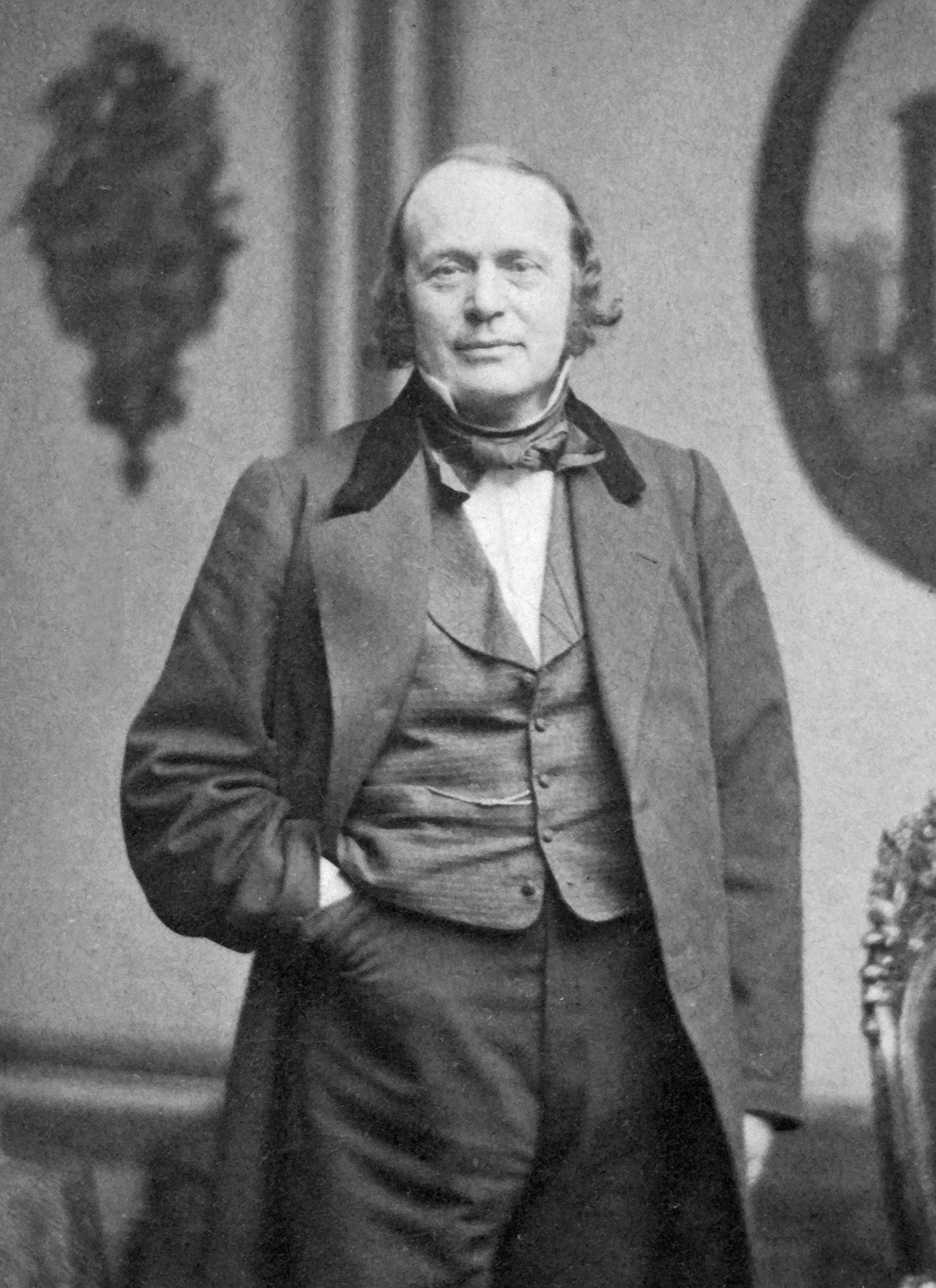
The Swiss Alpine Club’s recent decision not to revoke the honorary membership of a controversial Swiss glaciologist raises the question: can a person’s contributions to society be judged separately from their prejudices?
In early August, the Swiss group “Démonter Louis Agassiz” (Dismantle Louis Agassiz) requested that the Swiss Alpine Club (SAC) rescind the honorary member status of Jean Louis Rodolphe Agassiz, a glaciologist and naturalist born in canton Fribourg in 1807.
The group argued that Agassiz, known for his pioneering work in the field of glaciology, should not have SAC honorary membership because he made racist statements and conducted research about superior and “degenerate” races.
Agassiz was only the second honorary member in the club’s history, according to Hans Fässler, a historian specialising in slavery and racism issues who founded the Démonter committee. To him, the SAC represents a link with “certain Swiss myths”, such as the idea that the country has nothing to do with racism or slavery.
“I was curious to see how they would react to the request, appealing to their sense of decency or historical responsibility,” said Fässler, himself a long-time member of the mountaineering society.
Louis Agassiz is famous for his pioneering of the ice age theoryExternal link, as well as his work in palaeontology and ichthyologyExternal link. Today, some 80 villages, rivers, valleys, mountains, glaciers and species worldwide have been named after Agassiz, as well as a promontory on the moon, an asteroid, and a crater on Mars.
But Agassiz’s name is also associated with racism. Having become respected for his glaciology work, Agassiz travelled to the US in 1846 – shortly before accepting a professorship at Harvard University – to study natural history in North America. During this time, he gave lectures in Boston in which he argued that human races were not descended from a common ancestor, as Darwin theorised, but were created separately by God.
He believed that based on skull measurements, white people had greater intellectual capacity than African Americans, whom he referred to asExternal link a “degraded and degenerate race”.
Request denied
But the SAC refused the committee’s request, stating that it would be impossible to take away Agassiz’s title since it effectively died with him 140 years ago. Furthermore, they argued, removal of Agassiz’s name from the SAC honorary membership list was also out of the question, as this would constitute a “falsification of history”.
“The SAC must stick to its earlier decisions, even if they no longer reflect the current view,” the alpine club wrote on its website. “Moreover, by erasing his name, Agassiz and his ideas – which were shared at the time by many circles – could fall into oblivion.”
It’s an argument Fässler calls “completely ridiculous”.
“We never asked for his name to be deleted or his story forgotten. On the contrary, our committee is trying to make people aware of his racism. All we would have asked for is a note on the list of all honorary members saying that Agassiz’s membership had been cancelled because he was a racist.”
From an ethical perspective, it all comes down to the question of whether Agassiz’s racist ideas – including those that he used to support his theories on human origins – can ever be separated from his widely-lauded glaciology work.
‘Different but connected’
Marc-Antoine Kaeser, a professor of the history of science at the University of Neuchâtel and the author of a book about AgassizExternal link, agrees with the SAC that a distinction between Agassiz’s scientific work and his racist statements can – and should – be made.
“They are different, but connected. It should be mentioned, but his research into race should not push us to devalue his work on glaciers, geology, etc.,” Kaeser says.
“The SAC clearly honoured Agassiz for his outstanding and ground-breaking research on the Ice Age. One could even go as far as considering that the SAC would not exist in its present form were it not for Agassiz. It was only in the second part of his career, when he emigrated to the US, that he began to delve into anthropology.”
But the head of the Démonter committee takes the opposite view.
“For Agassiz, his views on race were part of the same ideology as his views on animals and glaciology,” Fässler argues.
“You cannot just limit your view to saying he was a great scientist but that you don’t care about the other things he did, because Agassiz himself never considered his racism outside his scientific activities: he always thought that what he wrote about race was part and parcel of the same science.”
From Swiss mountains to American monuments
The SAC responded to the Démonter Louis Agassiz committee less than two weeks after a far-right rally in Charlottesville, Virginia, USA turned violent. The event had originally been organised to protest the removal of a statue of the Confederate Civil War General Robert E. Lee in Charlottesville’s Emancipation Park.
In response, the American Historical AssociationExternal link released a statement asserting that debates over the removal of such monuments should be considered within their historical context – and that the context for the instalment of most Confederate statues in the US was the intimidation and isolation of African-Americans.
“To remove such monuments is neither to ‘change’ history nor ‘erase’ it. What changes with such removals is what American communities decide is worthy of civic honor,” the AHA said.
But when a monument – be it a statue, street sign, or mountain – honours a racist scientist, the ethical debate can become even more complicated. Scientific racism in the 19th and 20th centuries led many researchers, in both America and Europe, to conduct work heavily influenced by prejudice in the name of scientific progress.
Some disseminated deeply misguided ‘scientific’ ideas, including British scientist Francs Galton’s theory of eugenicsExternal link, and Agassiz’s own theory of polygenismExternal link. Others, like 19th century surgical pioneer J. Marion Sims, even conducted inhumane experiments on racial minorities. Often referred to as “the father of modern gynaecology”, Sims used enslaved African-American women to further his medical research.
A recent editorialExternal link in the scientific journal Nature, which was published following the vandalism of a New York City statue of Sims, drew widespread criticism for suggesting that removing such monuments altogether risks “whitewashing history”, and for proposing that they instead be supplemented with explanatory plaques or “an equally sized monument commemorating the victims”.
The lens of history
Some, including the SAC and Marc-Antoine Kaeser, argue it’s unfair to judge individuals like Agassiz using contemporary perspectives and values, since their racial prejudices were more widely accepted in their time than they are today.
“The scientific community has a responsibility to take into account the whole picture, in a historical manner. Agassiz’s racism is not comparable to the racism of present white supremacists; he lived in a different world,” Kaeser says.
But Fässler disagrees with this interpretation of history.
“This is an argument we come across very frequently – that when Agassiz was alive this was normal, or most scientists were racist. This is historically wrong,” he says, citing Agassiz’s contemporary, Alexander von HumboldtExternal link, as an example of a scientist who spoke out against racism.
Regarding future questions of how to handle controversial monuments or figures, Fässler and Kaeser both suggest that increased transparency and information exchange are key. Fässler thinks that in some cases, monuments can serve as a historical lesson to citizens, as well as a warning against future mistakes.
And Kaeser maintains that “the scientific community has a responsibility not to ‘cover up’ parts of the past which are difficult or problematic”.
In light of the SAC’s decision not to revoke Louis Agassiz’s honorary membership, the Démonter Louis Agassiz committee is taking its case to the Swiss government. In a press release on September 8, the group announced its demand that the Federal Commission against Racism and the Federal Service for the Fight Against Racism take an official position on the SAC ruling.
In the statement, committee spokesmen Hans Fässler and Hans Barth denounced the SAC’s arguments as “irresponsible”.
“In its response to our request, the SAC has trivialised – even defended – the racist agitator Louis Agassiz,” they said.
“We hope [the government] will agree with us that there is a danger in the SAC statement of setting a wrong example of how you should deal with the question of racism,” Fässler told swissinfo.ch.

In compliance with the JTI standards
More: SWI swissinfo.ch certified by the Journalism Trust Initiative









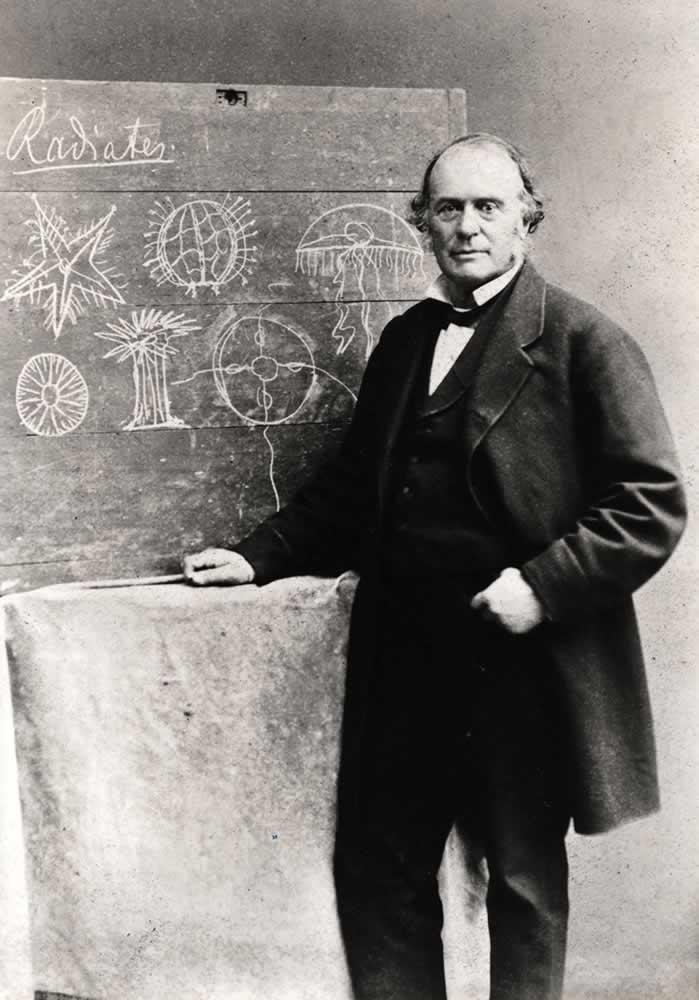

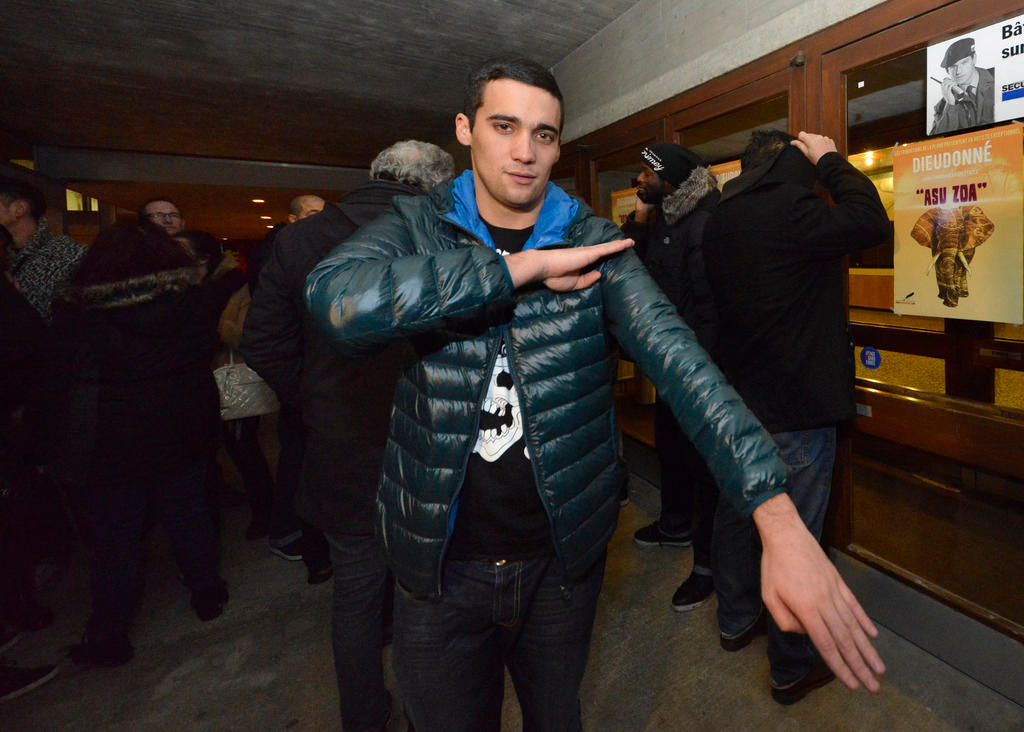
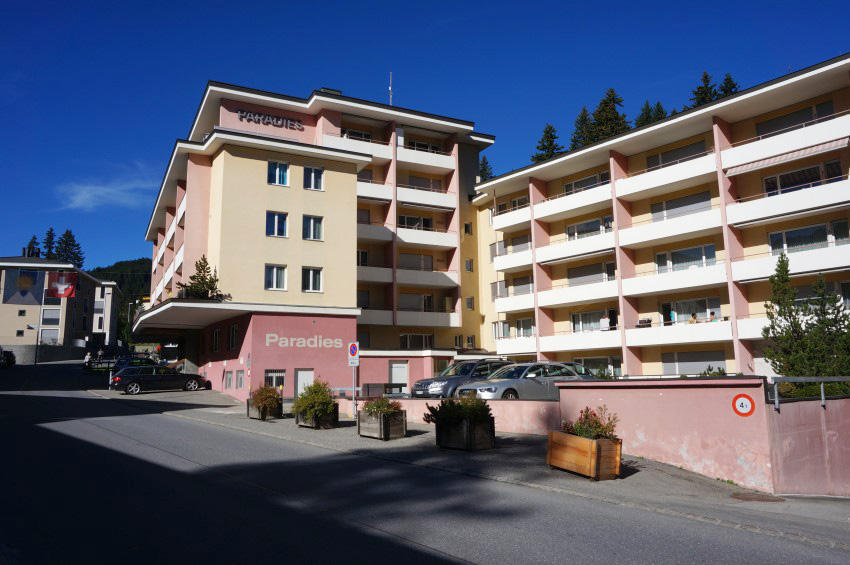
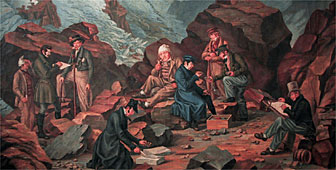
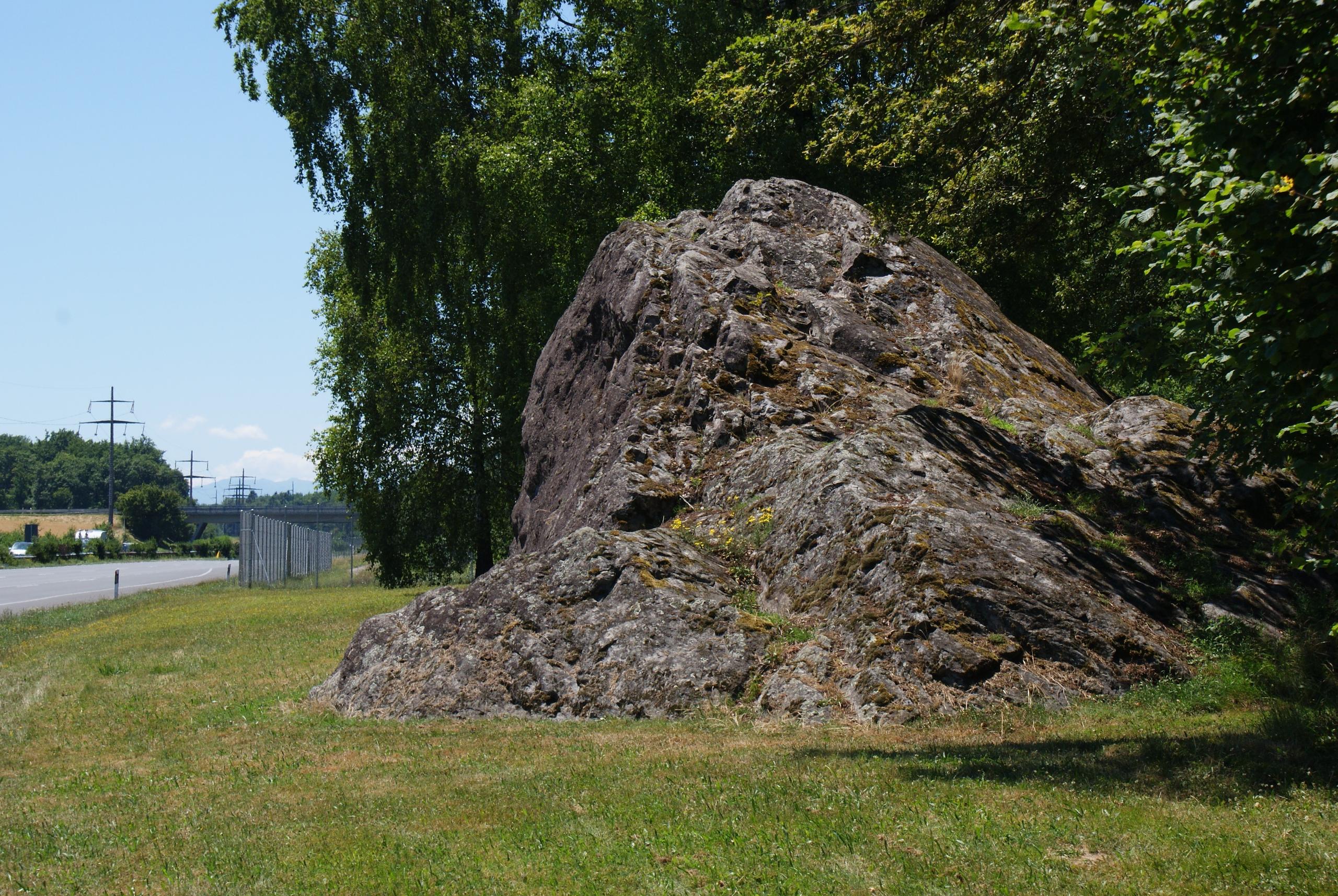
You can find an overview of ongoing debates with our journalists here . Please join us!
If you want to start a conversation about a topic raised in this article or want to report factual errors, email us at english@swissinfo.ch.